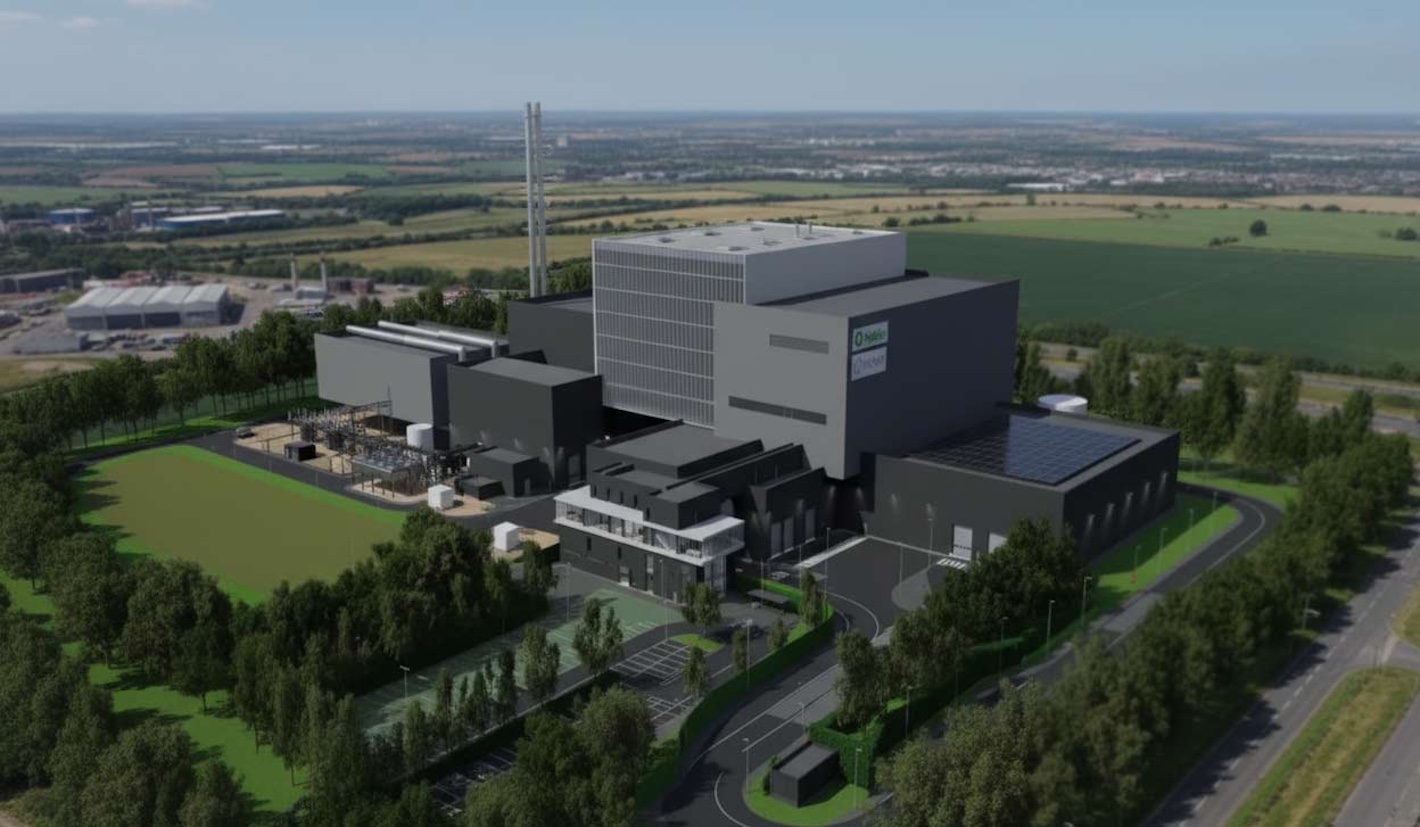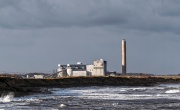Newcastle councillors vote to withdraw from £2.1bn waste incinerator project
A motion was passed to request an exit from the Tees Valley Energy Recovery Facility, due to poor recycling performance and environmental risks, though Labour leadership is unlikely to back withdrawal
 Newcastle City Council has voted to request withdrawal from the Tees Valley Energy Recovery Facility (TVERF), a £2.1 billion waste incinerator project planned at the Teesworks site in Grangetown, Redcar.
Newcastle City Council has voted to request withdrawal from the Tees Valley Energy Recovery Facility (TVERF), a £2.1 billion waste incinerator project planned at the Teesworks site in Grangetown, Redcar.
The facility is designed to process up to 450,000 tonnes of waste annually from seven North East councils. The motion, led by Liberal Democrat councillors, passed by a single vote at a full council meeting on 3 September, with the Lord Mayor casting the deciding vote after an initial tie.
Councillor Gareth Kane, who proposed the motion, highlighted that Newcastle's domestic recycling rate has fallen from over 42 per cent to less than 25 per cent, while nearly half of the city’s waste is now incinerated, positing that expansion of incineration capacity at a time when the Council should be aiming to double the recycling rate is counter-productive.
The motion stated that long-term contracts such as TVERF would “lock us into incineration for decades, as the seven Councils would be obliged to provide a minimum amount of material of a suitable calorific value to burn”.
However, the decision is non-binding, and the Local Democracy Reporting Service reports that the cabinet is unlikely to implement the request.
Deputy council leader Alex Hay warned withdrawal could expose Newcastle to costs of up to £30 million. Leader of the Labour majority council Karen Kilgour described the proposed move as "not a serious or credible option" and warned it would risk "catastrophic" financial consequences. More than £9 million has already been spent on procurement by the seven partner councils.
The TVERF is a partnership between the councils of Newcastle, Durham, Darlington, Hartlepool, Middlesbrough, Redcar and Cleveland, and Stockton. Viridor would operate the plant under a contract potentially lasting 40 years.
Supporters of the project argue that it represents a £300 million capital investment, with a total value of approximately £2 billion across the initial 29 years.
The project is projected to generate electricity for 60,000 homes and save nearly 100,000 tonnes of greenhouse gas emissions annually compared with landfill. However, the facility missed out on government carbon capture and storage funding earlier this year, limiting its prospects for achieving net-zero operations.
Industry context raises capacity concerns
The government has announced stricter planning requirements for new incinerators. Recent analysis shows that almost half of all waste collected by local authorities in 2022/23 was incinerated, with only 40 per cent recycled.
Government projections indicate that by 2035, energy from waste plants will be able to handle 18.8 million tonnes of residual waste, while policy reforms mean the country will only need capacity for 17.6 million tonnes of non-recyclable waste by 2042. The government's Residual Waste Infrastructure Capacity Note states "there is a limited need for the development of further waste incinerator plants".
Research by the UK Without Incineration Network indicates English incineration capacity would exceed available feedstock by 2.6 million tonnes in 2027, with this overcapacity growing to 7.4 million tonnes by 2042.
Environmental opposition has intensified following BBC analysis revealing that waste incineration produces the same amount of greenhouse gases per unit of energy as coal power.
Advocates for the Newcastle Council motion note TVERF would generate carbon emissions equivalent to 125,000 homes annually.
Hay said the council remained committed to “reduce, reuse, and recycle more,” but argued that some residual waste would always remain and needed to be disposed of. The Tees Valley Energy Recovery Facility is scheduled to open in 2029. 





